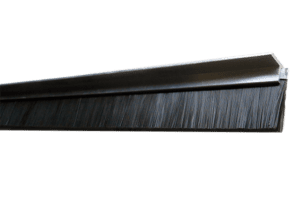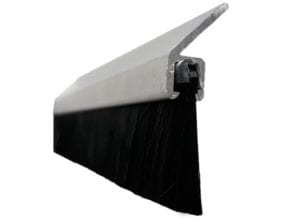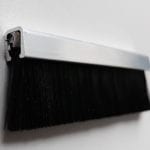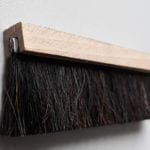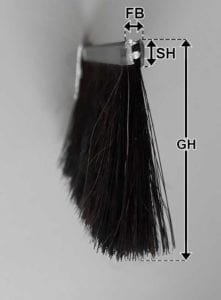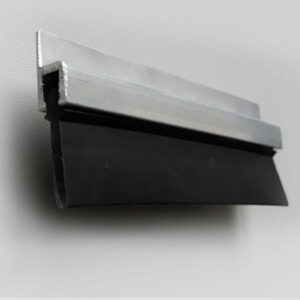Door broom for sealing doors and gates
Stock items
Door brushes are used to seal doors and gates. The term door brush is explained by the use of this brush as a door floor seal. Door brushes are attached to the door floor. When the door is opened and closed, the door brush “sweeps” across the floor. The technical name for door brushes is strip brush. Other names for door brooms (strip brushes) are door brush seal, broom strip for doors, brush strip or door brush. Door brushes are used in a straight form for grooving or with a profile. There are also strip brushes in other shapes that can be used for other purposes. You can find out more about these special shapes here.
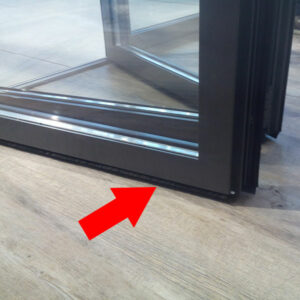
Door brushes keep out dirt, draughts and insects. Densely packed strip brushes are particularly suitable as door brushes, as they are impermeable to dirt, dust and insects. As a rule, h-profiles are used for attachment to doors and gates, but these strip brushes can also be attached with other profiles. Please select the profile you require for your strip brush (door brush):
Door brushes – Standard versions
Trimming material (bristles) for door brushes (strip brushes)
In addition to different sizes, different brush fill materials are required for different sealing requirements. Here you will find an overview of the properties and possible applications of the available brush fillings. You can choose the fill material for your door brush yourself. An overview of the fill materials and their properties can be found below. You can define the dimensions, frame and back width and other specifications yourself by simply clicking on the desired version of your door broom.
Synthetic bristles
Wire bristles
Natural bristles
We have compiled the information on material trimming for you to download: Material trim
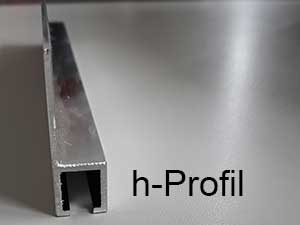 |
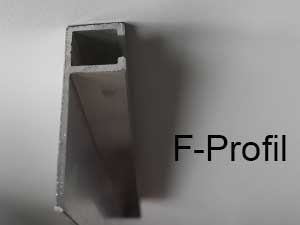 |
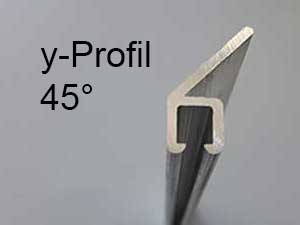 |
 |

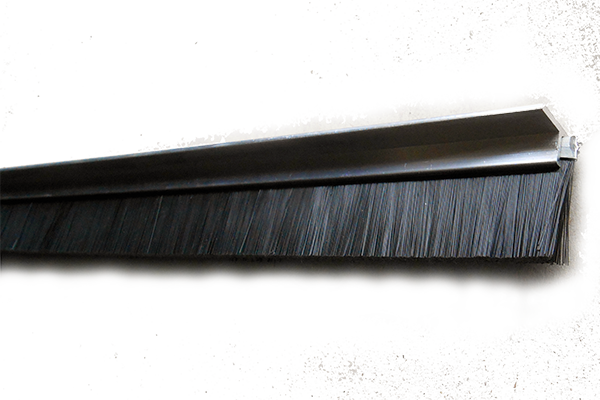
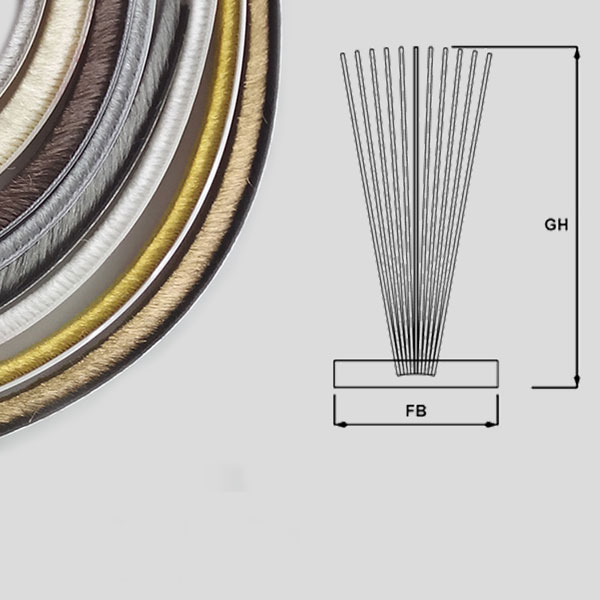
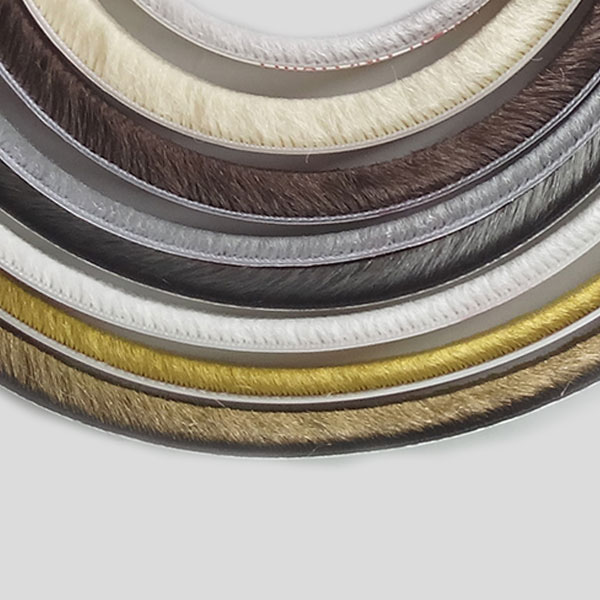
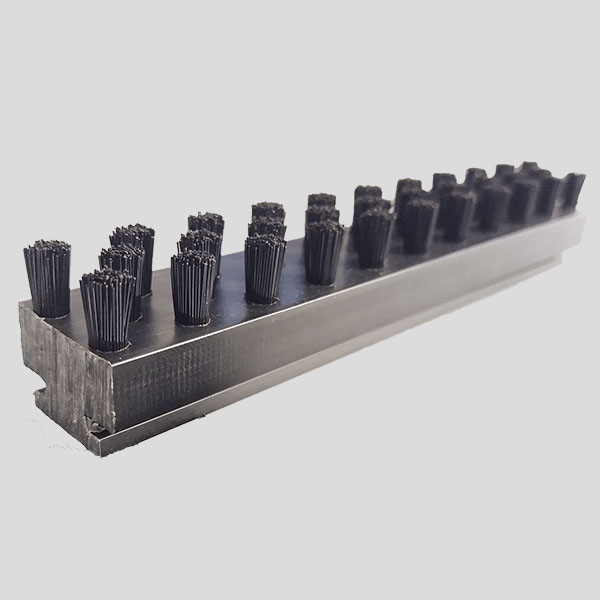
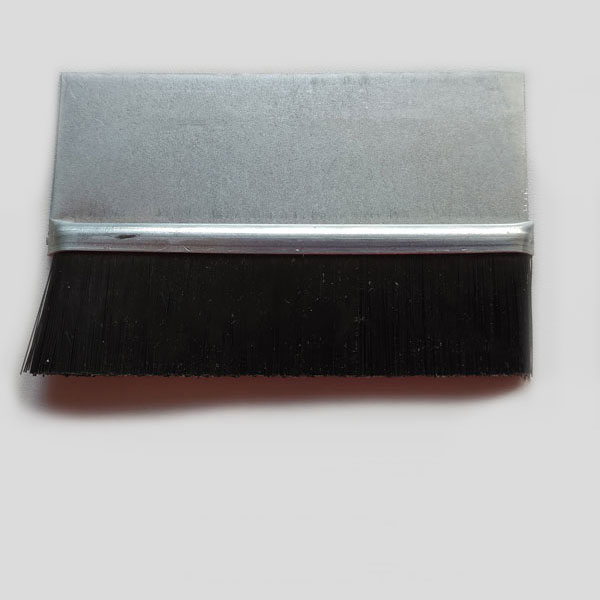
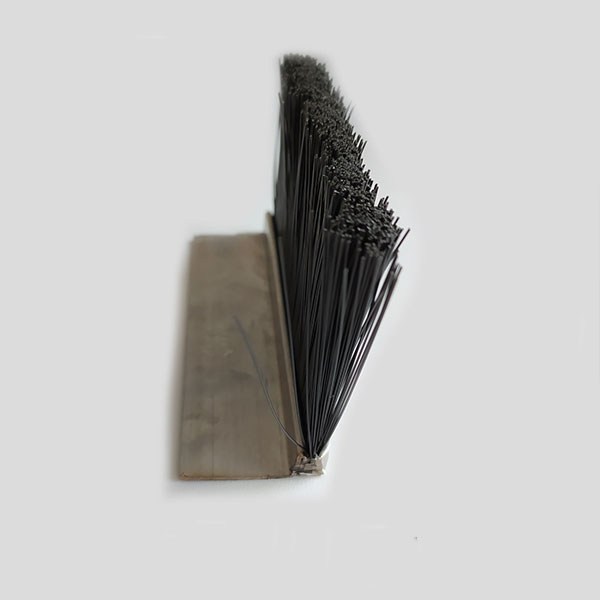


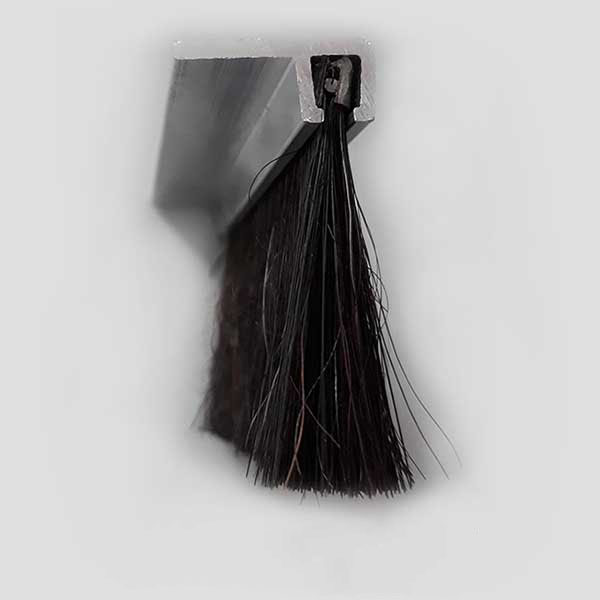
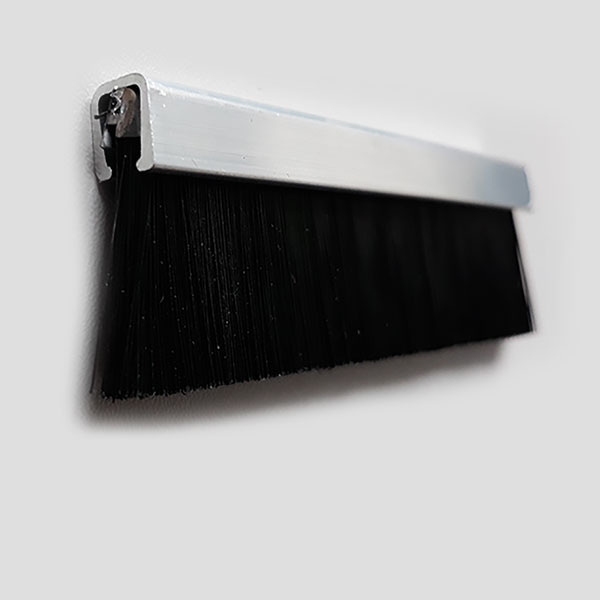
 Overview of the available h-holding profiles.
Overview of the available h-holding profiles.